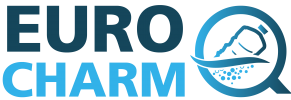Work Package 2: Validation of methods
WP leader: VU
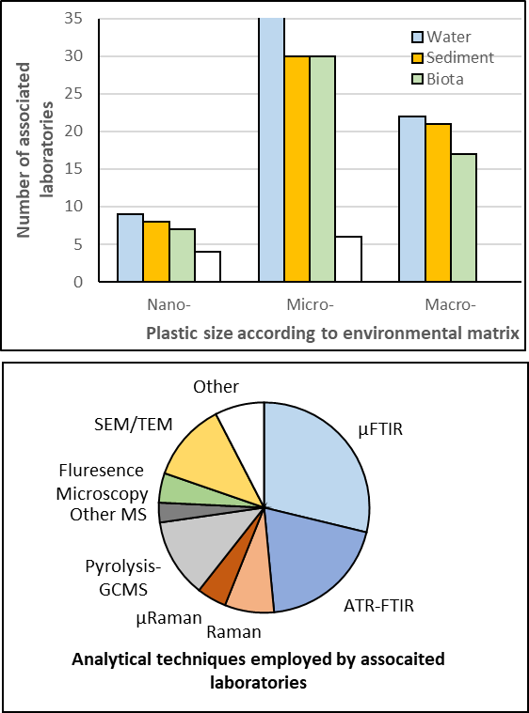
Purpose
EUROqCHARM validated methods for use in the monitoring and assessment of plastics in environmental matrices to harmonise the sample workflow from preparation to analysis and data reporting.
Key outputs
Systematic review
Whitin WP 2 a systematic review of current practices of international working groups and institutions has been performed to identify the state-of-the-art protocols, recommendations and guidelines, which are currently being used for monitoring and assessment of plastics in different environmental matrices by European member states.
Production of reference materials
Water
Chiron and NIVA have performed multiple test to be able to produce “soda” tablets containing several polymers in certain size fractions, which can be used as water reference materials, after being dissolved in water. Chiron and NIVA succeeded and tablets are available now with polymers in the size fractions 50-100 µm; 100-150 µm; 150-200 µm, 200-250 µm, 250-300 µm, and 300-350 µm.
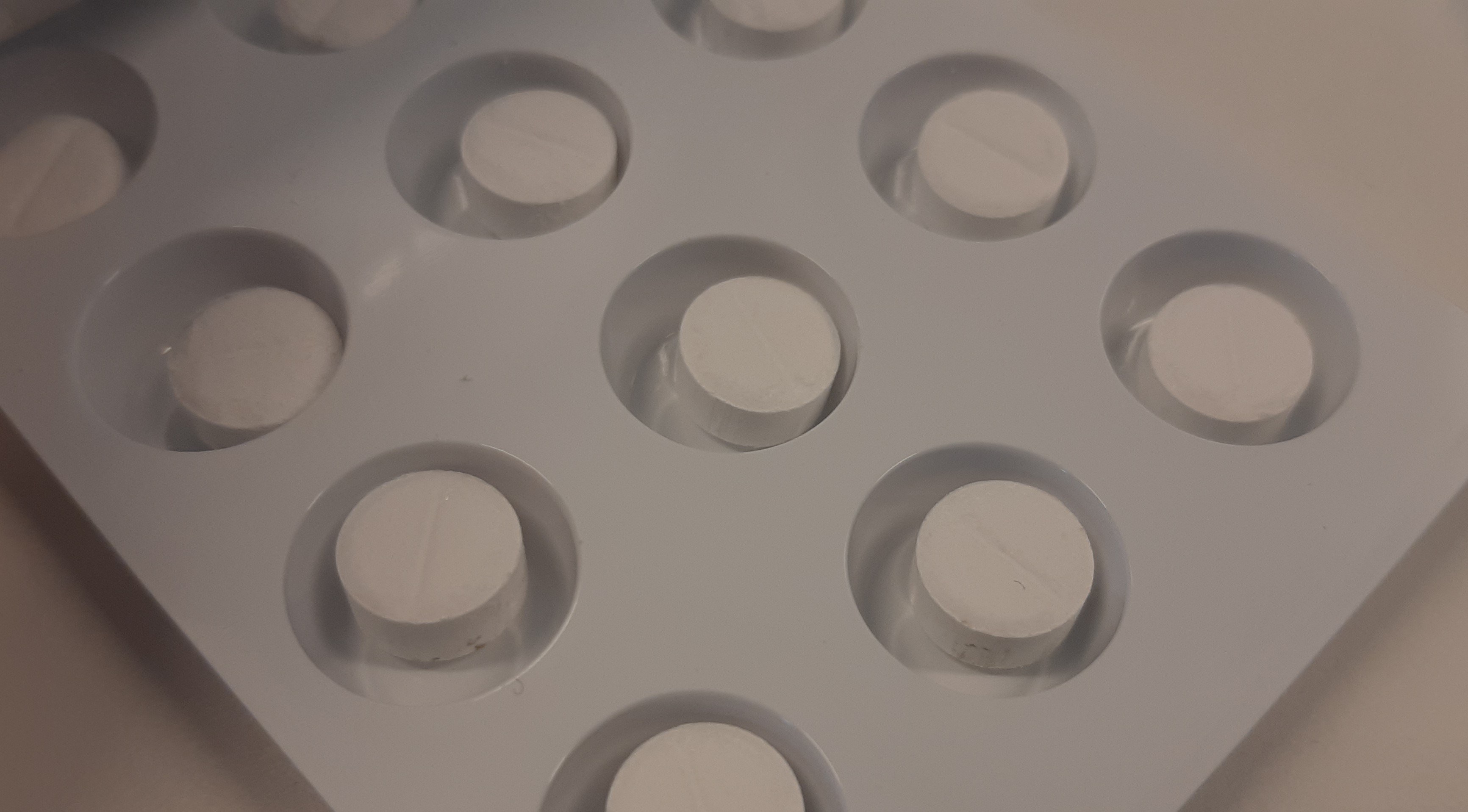 |  |
Tablets, containing different types of polymers.
Sediment
The VU in collaboration with NIVA and QUASIMEME (www.quasimeme.org) have performed multiple test to be able to produce a batch of homogeneous sediment material which can be used as reference material for microplastic (MP) analyses. Finally, a sediment originating from the Westerscheldt near Yerseke, the Netherlands was homogenized and spiked with polymers at QUASIMEME, Wageningen to be used as test material in a worldwide interlaboratory comparison study (ILS)
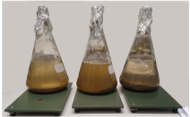
Worldwide interlaboratory comparison study on the analyses of microplastics in environmental matrices
To harmonize sample preparation, analysis and data reporting formats between laboratories for the determination of microplastics and to finally be able to recommend standards, a worldwide interlaboratory comparison study (ILS) initiative for microplastics analysis in environmental matrices is organized in collaboration with QUASIMEME (www.quasimeme.org).
Laboratories have been invited and a total of 94 subscribed for participation in the ILS. Different sediments have been tested for their suitability as test material for the ILS, and a selection has been made.
Test materials involved in this study are:
- Three ‘soda’ tablets, containing different types of microplastics, simulating water samples,
- three sediment/ sand samples.
Soda tables have been prepared, and packed in aluminum strips. Sand has been cleaned in an oven, and is spiked with polymers.
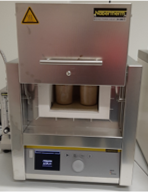
The package of test materials was distributed to the participants in the first week of May 2022, Laboratories were invited to submit results on the number of plastic particles per polymertype, the massfraction of the individual polymertypes, or to submit both, before the deadline of 7 Augustus 2022. After collection of the results of the participating laboratories, the data will be statistically evaluated, and the reported methods will be assessed. A draft report will be prepared and the results of the ILS will be discussed at a workshop in Amsterdam on 14 September 2022.
Main tasks
- Compare selected methods for plastic pollution monitoring though ILC study;
- Develop protocols that can be used as standards for QA/QC validation;
- Produce reference materials;
- Facilitate infrastructure development across the measurement supply chain, standards developing organisation and end-users.
Key methods
Statistical evaluation of CRMs with Soft-CRM; ILC; data assessment using QUASIMEME proficiency testing and statistical validation
